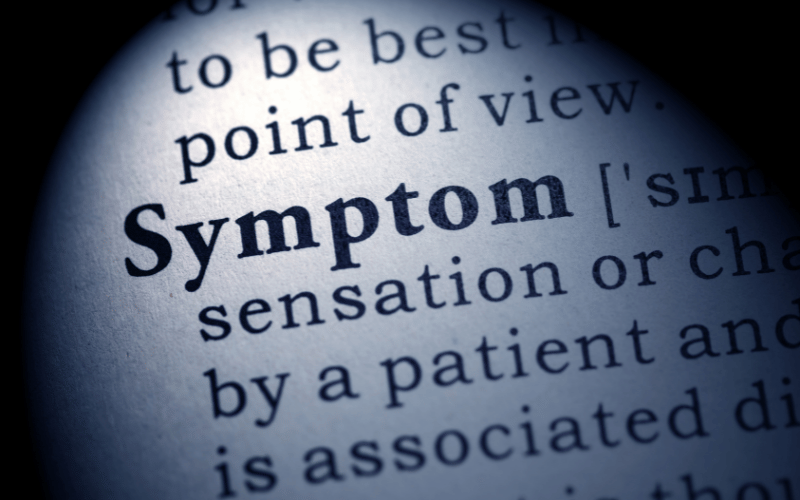4. Symptoms and Diagnosis of Impacted Teeth

Identifying impacted teeth early is crucial for effective management and treatment. The symptoms of impaction can vary, ranging from no noticeable signs to significant discomfort or pain. Common symptoms include swelling and tenderness in the gums, difficulty opening the mouth, and pain while chewing or biting. Some individuals may also experience a bad taste or odor due to infection or decay associated with an impacted tooth.
Diagnosing impacted teeth typically involves a combination of clinical examination and dental imaging. Dentists use X-rays to ascertain the position of the impacted teeth and assess the extent of the impaction. This imaging is critical in planning the appropriate treatment strategy, whether it involves monitoring, intervention, or extraction.
The importance of early diagnosis cannot be overstated. Delayed or missed diagnosis of impacted teeth can lead to more severe complications, such as damage to adjacent teeth, infection, and cyst formation. Regular dental visits are therefore essential, as they provide opportunities for early detection and timely intervention, minimizing the risk of complications.
Educating patients about the symptoms and potential risks associated with impacted teeth is also vital. Increased awareness can prompt individuals to seek dental care when they experience symptoms, facilitating early diagnosis and treatment. (4)